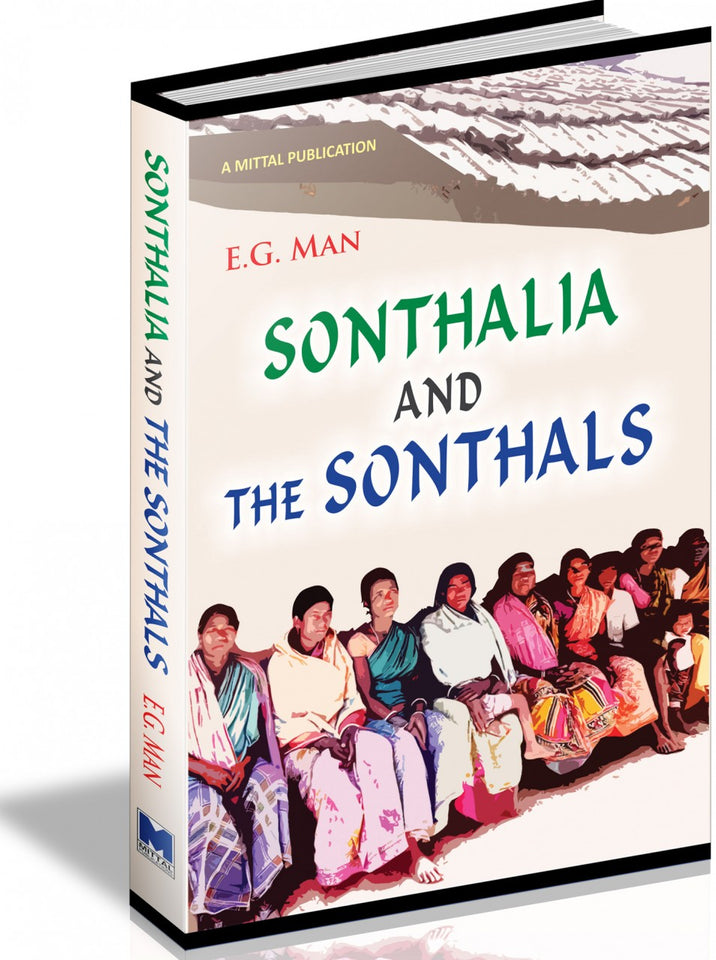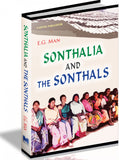Sonthalia And The Sonthals
Regular price
Rs. 800.00
Here is a neat little book. Written in impeccable English, not by a professional writer but by a civil servant, an adjunct of the old steel frame, responsible for the administration of so vast and varied a country as India. Written more than a century ago, it gives a glimpse of the white man?s frantic efforts to expand and consolidate his Indian empire in its early formative stage. The book deals with what he has termed as Sonthalia or the ?land of Sonthals?, differing entirely from their immediate neighbours in their physique, habits and superstitions. The land stretched along the foot of the Rajmahal hills and ?on the South-Eastern ridge of the Vindhyas lying in the districts of Birbhoom, Burdwan, Midnapore and Cuttack?, which were then known as Sonthal Pergannahs and which now comprise the tribal belts of modern Bihar, West Bengal and Orissa. The author served as the Assistant Commissioner of this region which he named as ?Sonthalia?. During his tenure in office, the author came into close contact with these simple, honest and truth-telling primitive people. Free and untrammelled by social or traditional prejudices, he found them highly superstitious and extremely wary of the Bengali money-lenders who grabbed his land?the land he had cleared and cultivated in the midst of dense jungles. The author made a minute study of their ways of life from the cradle to grave and recorded his impressions in this book. According to the author, their life suffered from the twin evils of drunkenness and superstition. As an instance of the former, he quotes, an old Santhal Seeboo, who told him that ?it was his custom not only to put himself and his family under the influence of Bacchus once a year, but also to force liquor down his animals? throats and to make them participate in the general debauchery?. The author also devotes a chapter to the origin and cause of the great Sonthal rebellion of 1856. Causes of it are traced to as far back as 1832. These mainly are: (i) the grasping and rapacious spirit of the Mahajans (money-lenders) who charged as much as 75 per cent of interest, (ii) misery caused by the iniquitous system of allowing hereditary bondage for debt, (iii) appalling corruption in Police and (iv) inability to obtain redress from courts. They resorted to open rebellion which flamed all over the Sonthal land. The author is frank enough to acknowledge that ?the causes that gave rise to this rebellion, viz., the inactivity to give the Sonthals redress and the strongest measures afterwards taken, form a dark blot on the pages of British History of India?. The book also describes the pioneering work of Christian missionaries among the Sonthals. He says wherever the missionary goes, he is respected and seldom reviled. Besides being messengers of Christ, they were instruments of carrying education to the children in villages. Further the kaleidoscopic life of Sonthals would have been incomplete if there had been no mention of the wild life with which the dense forests of Sonthal land abound. He describes the terror, struck by tigers turned man-eaters, and the hunting expeditions organised to kill them. It is a highly interesting book and must be the proud possession of all libraries and individuals interested in this branch of literature.
Edward Garnet Man (1837-1920) was born on 8th February, 1837. He married Catherine (Kate) Jane matthews on 26th December, 1867 at Calcutta. E.G. Man was a barrister, Justice of the Peace, Assistant Commissioner of the then Bengal and Government Advocate of Burma (Myanmar). He served with the 3rd Sikh Cavalry during the Indian Mutiny. He reported, among other things, the Perak Wars for The London Times. He was a correspondent and a lay reader in the Cnterbury Diocese and also wrote a number of books. His wife dies on 6th January, 1919 and he died on 15th Nov. 1920.
Guaranteed Safe Checkout





